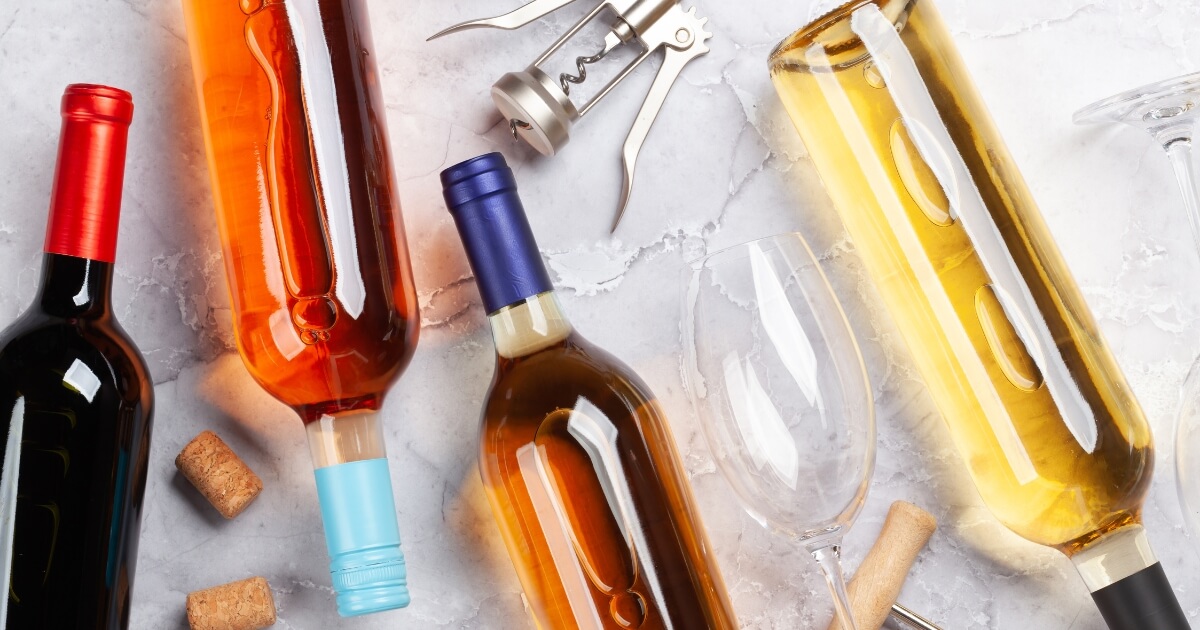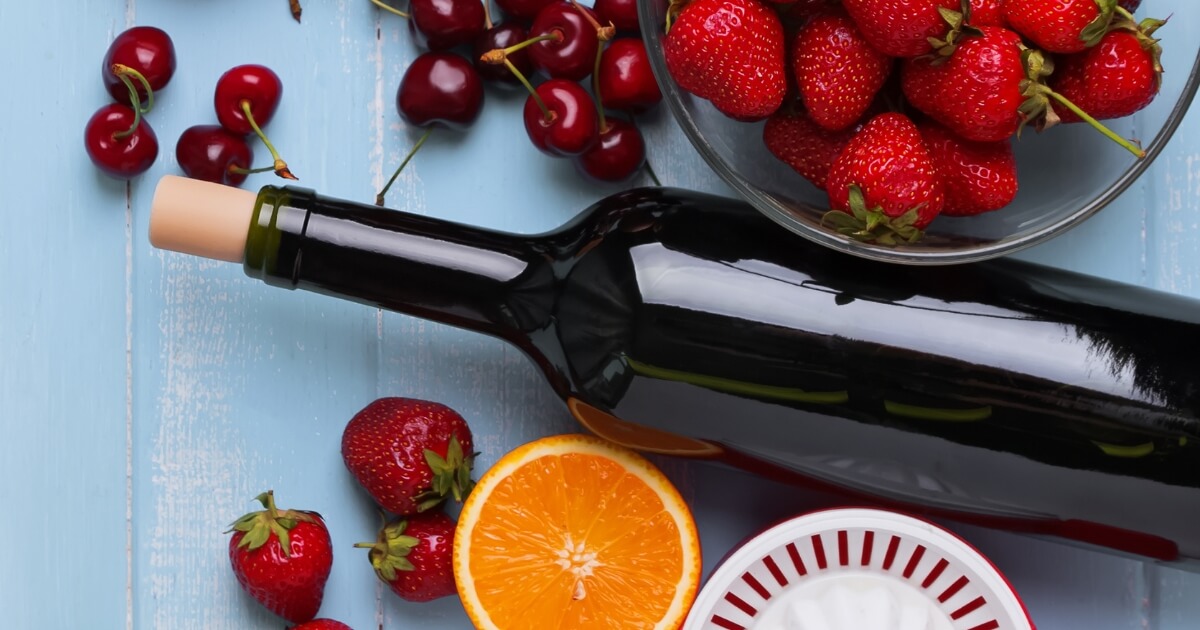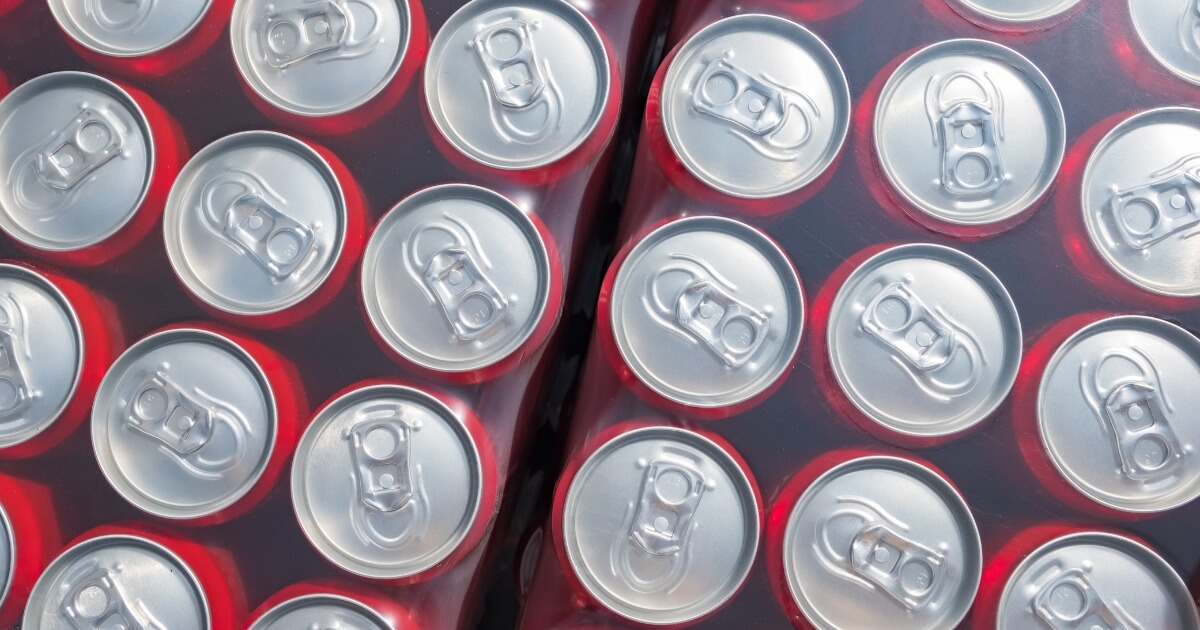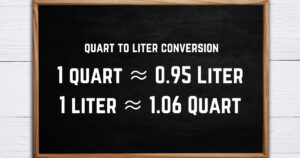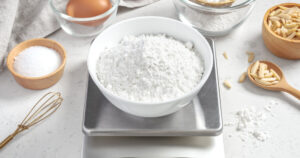The shelf life of alcohol isn’t a one-size-fits-all deal. It’s a mix of science, storage, and a bit of common sense. I’m talking about everything from your high-end spirits to that budget-friendly wine you picked up on a whim.
Grab that dusty bottle off the shelf because we’re about to unravel how long your favorite drinks can hang around before they’re past their prime. From that bottle of whiskey with a story to the unopened beer chilling in your fridge, each has its tale of time.
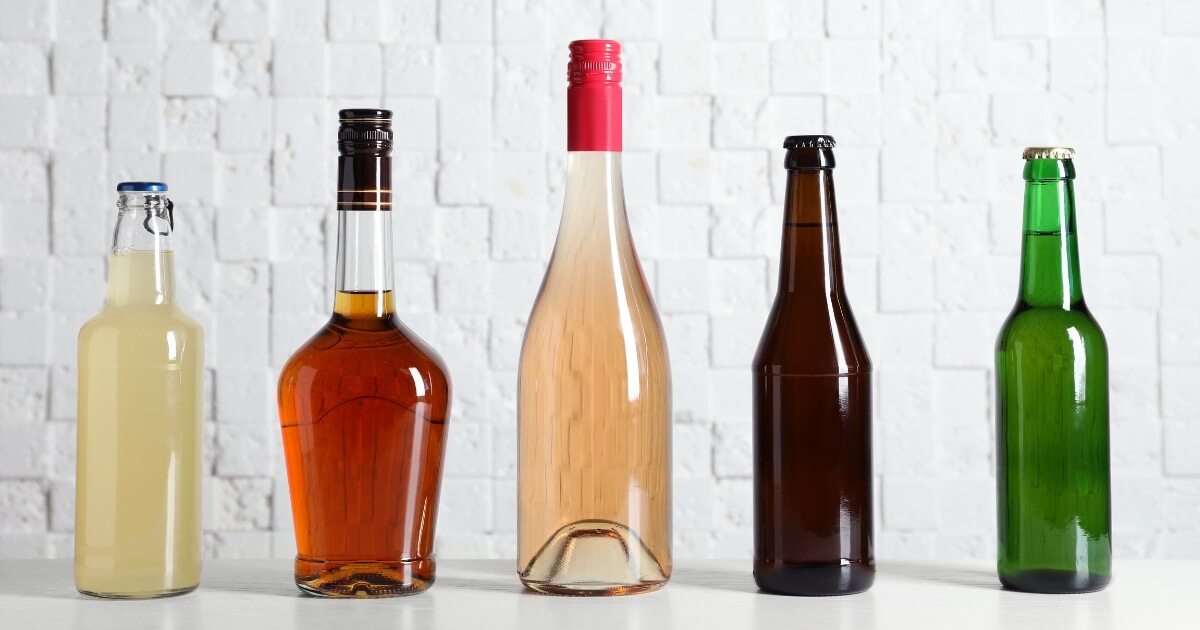
Think of this guide as your roadmap through the world of alcohol expiration. We’ll touch on everything from the practically immortal shelf life of certain liquors to why flavored vodka might not be your long-term pal.
Can Alcohol Expire?
Yes, alcohol does expire, but its shelf life varies greatly depending on the type. The key factors affecting alcohol shelf life are the type of alcohol, storage conditions, and whether the bottle has been opened.
Unopened spirits like whiskey, vodka, and rum can last indefinitely due to their high alcohol content. However, once opened, they should ideally be consumed within 1 to 2 years for optimal taste.
Both red and white wines have shorter shelf lives, with unopened bottles lasting anywhere from a few years to several decades and opened bottles best consumed within a few days. On the other hand, beer is best enjoyed within months of production and a few days after opening.
Beer
Beer’s shelf life is pretty straightforward. But really, who’s going to let an open beer sit for a day? Not me!
Unopened, it can stay good for around six months to a year, but once opened, you’ll want to finish it within a day for the best taste and carbonation at its peak.
Be it a bottle or can, the container is important in preserving beer’s quality. Dark glass bottles are better at keeping out light, and cans are great at sealing away air, both key to maintaining beer’s freshness.
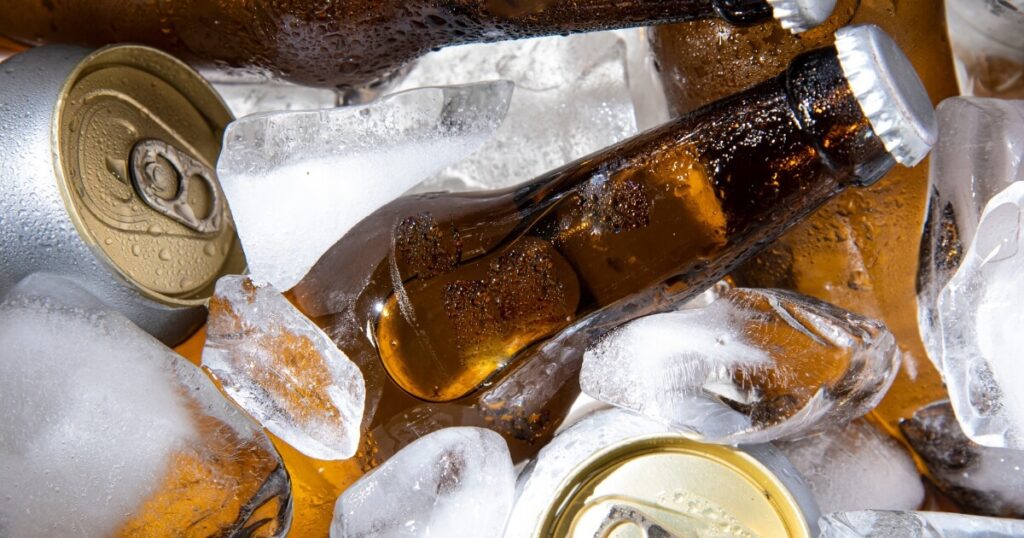
The main thing to remember when storing beer is to keep it upright in a cool, dark place. This prevents any potential contamination from the cap and ensures minimal air contact, keeping your beer ready for that perfect pour.
Wine
Wine’s shelf life is a dance with time and type.
An unopened bottle of wine can be good anywhere from a couple of years for your average white to potentially decades for high-quality reds. Once opened, though, it’s a different story—consume it within a few days to savor its best flavors.
The bottle itself is a key player in a wine’s life. Darker glass bottles are generally better at protecting the wine from light, and the cork plays a vital role in keeping the wine in just the right aging environment.

Storing wine is an art in itself. Unopened wine thrives in a cool, somewhat humid environment like a wine cellar or a wine fridge. For opened bottles, re-cork them and keep them in the fridge to prolong their life, even the reds—yes, you heard that right!
Distilled Spirits
Whiskey
An unopened bottle of whiskey can last indefinitely, thanks to its high alcohol content. Once you crack it open, aim to enjoy it within 1 to 2 years to experience its full character.
To keep your whiskey in prime condition, store it standing up in a cool, dark place. Unlike wine, you don’t want the liquid touching the cork for too long, as it can deteriorate the seal and allow air to sneak in. A well-stored whiskey is a joy for years or even decades.

Vodka
Vodka has a reputation for being a shelf-life champion.
Unopened, it can last almost indefinitely, preserving its clarity and taste. However, once you’ve opened it, aim to enjoy it within a year or two, especially if it’s flavored vodka, which tends to have a shorter lifespan.
Storing vodka is easy: just keep it in a cool, dark place, like a cabinet. There’s no need to refrigerate it, but chilling it before serving can add to the enjoyment. For flavored vodka, use it up within a few months and keep it in the fridge after opening.
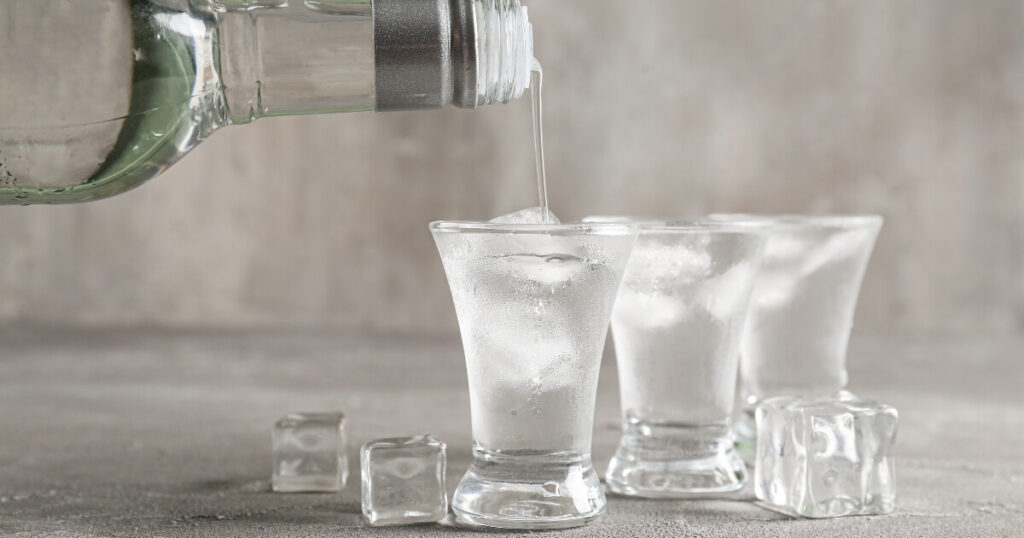
Rum
Rum’s shelf life is as varied as its flavors.
An unopened bottle of rum can last for many years, maintaining its tropical essence. Once opened, a standard rum can stay fresh for up to 2 years, but flavored or spiced rums usually have a shorter shelf life due to their added ingredients.
Dark glass bottles are preferred as they protect the rum from light, which can alter its flavor profile. The seal, whether a screw cap or cork, is also vital in preventing air from entering and affecting the quality.

A cool, dark place away from direct sunlight is ideal for storing rum. This helps in maintaining its vibrant flavors and aromas. If you’ve got a flavored rum, be a bit more diligent and try to use it within a few months after opening for the best taste.
Tequila
Tequila, a spirited guest at any party, has a shelf life that respects its heritage.
Unopened, it can last indefinitely, safeguarding its bold flavors. But once the party starts and the bottle opens, aim to finish it within a year to keep the fiesta going strong in each sip.
When storing tequila, think cool and dark – like a hidden cabana. This keeps the spirit just right, preserving its lively flavors and aromas. Remember, tequila’s more than just a shot; it’s a journey through Mexico’s heart, so treat it with respect, and it’ll treat you right in return.
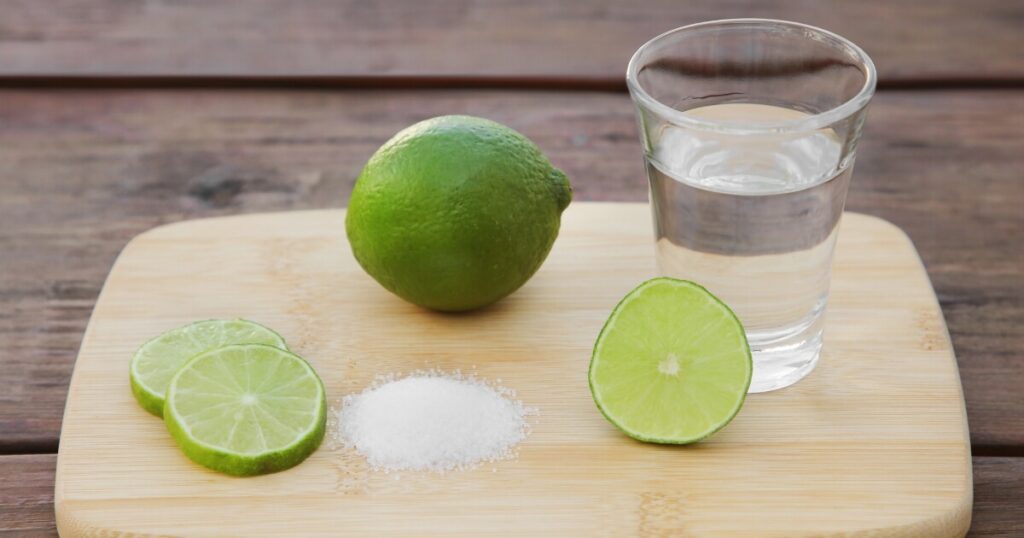
Gin
The botanical charm of gin walks a delicate line in terms of shelf life.
Gin can sit pretty for several years, holding onto its aromatic magic when unopened. But once opened, it’s best to use it within a year to keep those herbal notes dancing on your palate.
Typically, gin is housed in clear or lightly tinted glass bottles, which should be stored away from direct light to protect its delicate flavors. Storing gin is a bit like caring for a rare plant.
Keep it in a cool, dark place, and you’ll preserve the essence of its botanicals. A well-stored gin means every G&T or martini stays crisp and flavorful, just how you like it.
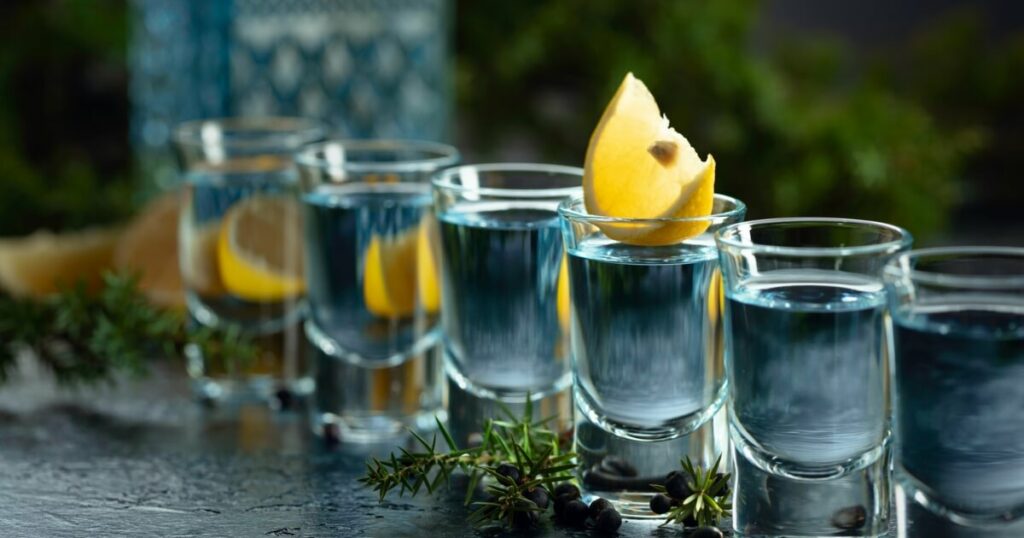
Brandy
Brandy can last for many years in its unopened state, aging gracefully in its bottle. Once you uncork it, aim to savor it within two years to fully appreciate its rich nuances.
When it comes to storing brandy, think of it as preserving a piece of history. Keep it in a cool, dark place, preferably in an upright position, to minimize alcohol contact with the cork. This way, every pour remains as intended – a toast to tradition and taste.
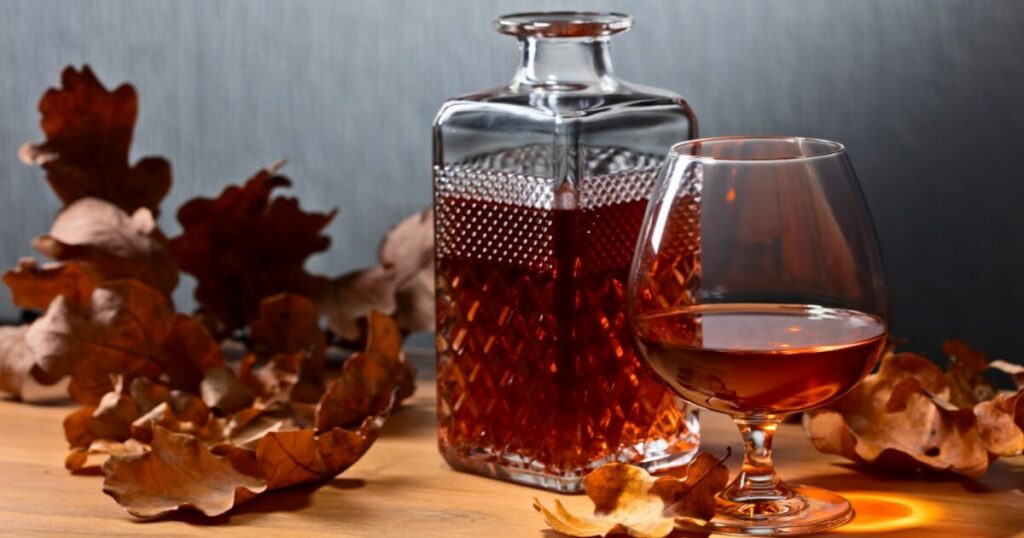
Absinthe
Absinthe, the muse of artists and writers, boasts a mysterious shelf life.
It can last for years, keeping its enchanting flavors intact when unopened. Once opened, enjoy it within a two years to experience its full, mystical allure.
The bottle of absinthe is as important as the elixir itself. Often dark or opaque to protect from light, it safeguards the delicate botanicals from degradation. Storing absinthe is like safeguarding a secret. Keep it away from direct sunlight in a cool place, and it will maintain its intriguing flavors and legendary effects.
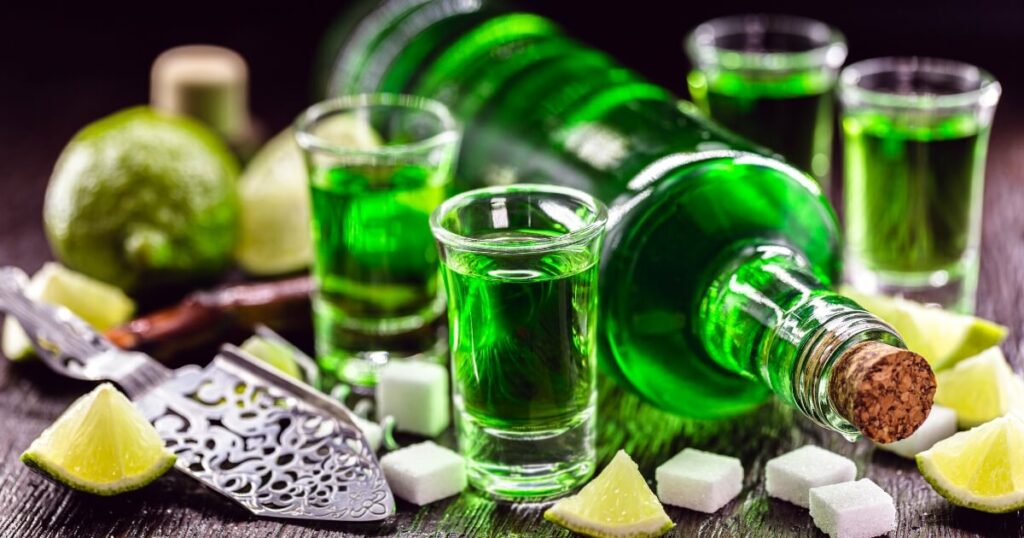
Mezcal
Mezcal, tequila’s smoky cousin, has a robust shelf life that mirrors its bold character.
Unopened, it can last indefinitely, preserving its rich, smoky essence. Once the bottle is opened, enjoying mezcal within a couple of years is best to fully appreciate its complex profile.
Storing mezcal is pretty straightforward: keep it in a cool, dark place, and it will retain its character. Like a good memory, mezcal stays with you, evolving over time but always keeping its heart. A well-stored bottle ensures that every sip transports you to the heart of Oaxaca.
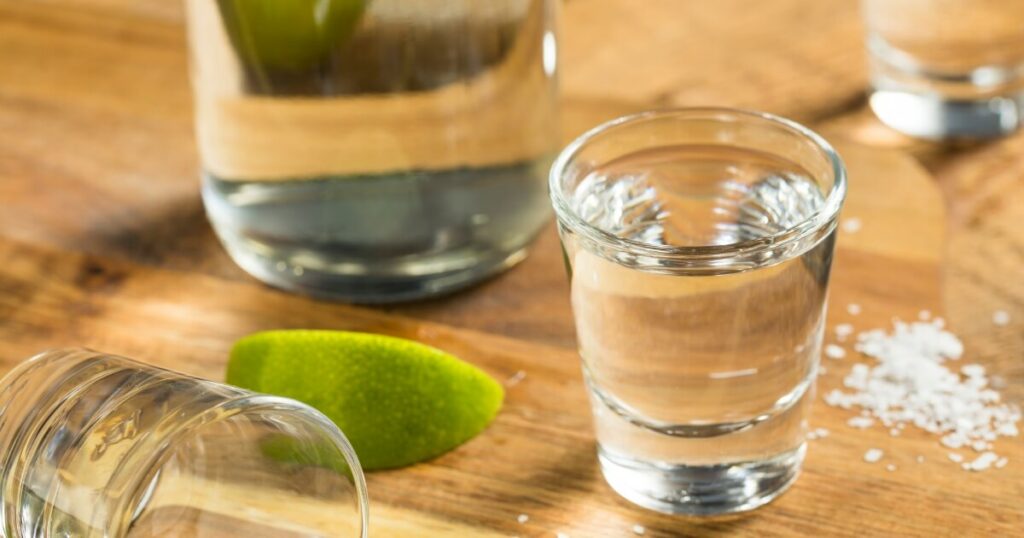
Bourbon
Bourbon, the American classic, has a shelf life that’s as enduring as its reputation.
In its unopened state, bourbon can last indefinitely, aging gracefully in the bottle. Once you open it, aim to savor its rich flavors within two years for the best experience.
Unlike wine, bourbon shouldn’t be stored on its side, as prolonged contact with the cork can affect its taste. This way, every pour is as rich and inviting as intended, a true tribute to its heritage.
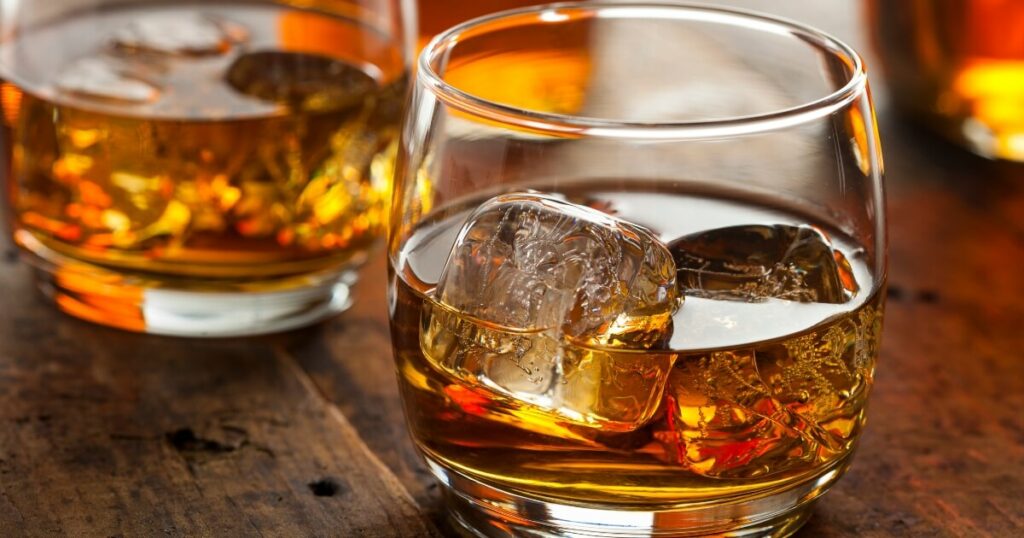
Scotch
Scotch whisky, a revered icon from Scotland, boasts a remarkable shelf life.
Unopened, it can remain in pristine condition indefinitely, with its complexity deepening over time. Once opened, it’s best enjoyed within two years to fully appreciate its nuanced flavors.
The bottle of Scotch is a guardian of its heritage and flavors. Typically made of dark glass to protect from light, it ensures that the whisky’s delicate balance of flavors is preserved over time.
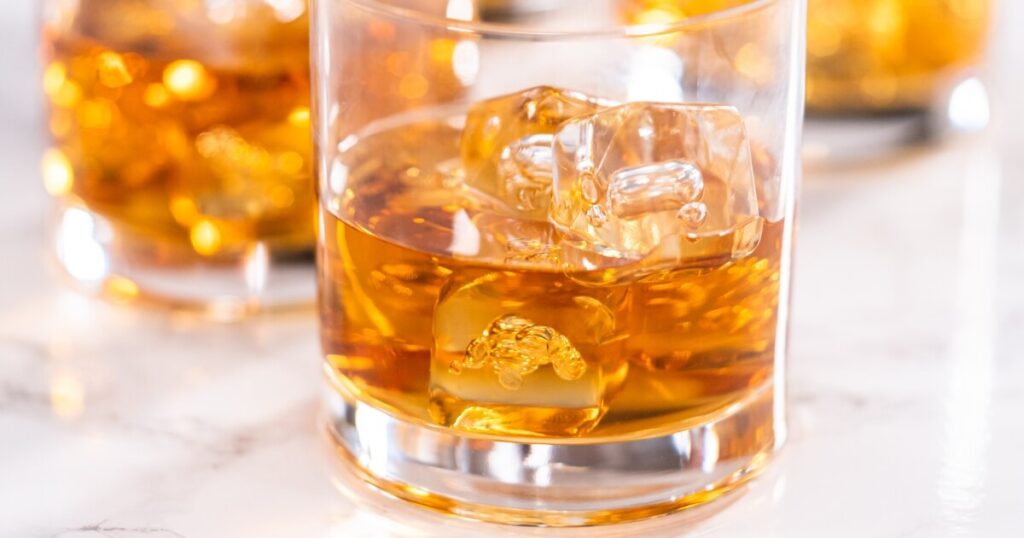
A cool, dark place is ideal, keeping the bottle upright to prevent any interaction with the cork. Proper storage lets every dram capture the essence of the Scottish highlands, making each sip a journey through its rich history.
Cognac
Cognac, a luxurious spirit from France, has a shelf life that complements its elegance.
An unopened bottle of Cognac can last for many years, even improving with age. Once opened, consuming it within two years is best to savor its full, rich flavors.
Storing Cognac requires a bit of care. Keep it in a cool, dark place, preferably standing upright. This way, the spirit remains undisturbed, preserving its legacy and depth, ready to transport you to the heart of the Charente region with every sip.
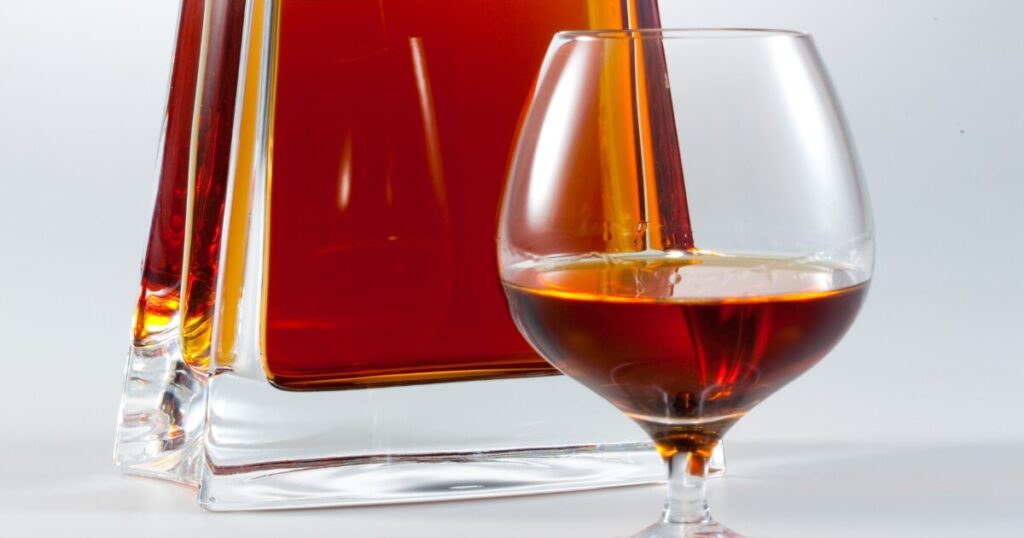
Armagnac
An unopened bottle of Armagnac can last for decades, maturing gracefully. Once the seal is broken, enjoy this spirit within two years to capture its fullest expression.
When it comes to storing Armagnac, a little attention goes a long way. A cool, dark place is ideal, keeping the bottle upright to prevent any adverse interaction with the cork. This care ensures that each pour of Armagnac remains as authentic and soulful as its Gascon roots.
Sake
Sake, Japan’s signature rice brew, has a unique shelf life that reflects its delicate nature.
An unopened bottle of sake typically lasts for about a year, as it doesn’t age as well as other spirits. After opening, it’s recommended to enjoy sake within a few days to appreciate its subtle flavors at their peak.
The bottle for sake, often sleek and minimalist, plays an important role in its preservation. Clear or lightly tinted glass is common, but some premium sakes come in ceramic or opaque bottles to shield them from light.
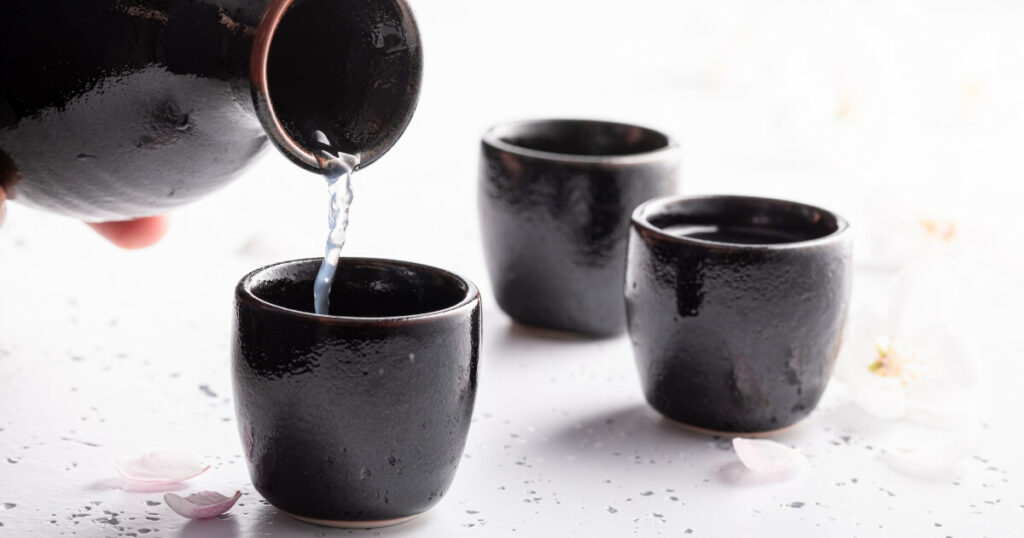
Storing sake is all about maintaining its freshness. Keep it refrigerated, especially after opening, to preserve its delicate flavor profile. This way, whether you’re enjoying a light, fragrant ginjo or a rich, savory junmai, your sake experience remains as authentic and enjoyable as it’s meant to be.
Soju
Soju, a popular Korean spirit, has a straightforward shelf life that complements its no-frills character.
Unopened, soju can last quite a while, easily staying fresh for several years. Once opened, it’s best to drink it within a few months to enjoy its clean and smooth taste.
Usually simple and functional, the bottle is designed to preserve soju’s clarity and subtle flavors. Clear glass bottles are common, and they often come with a practical screw cap to maintain the spirit’s quality.
Storing soju is as uncomplicated as the drink itself. Just keep it in a cool, dark place, and popping it in the fridge will help keep it fresh if you’ve opened it. Soju’s understated elegance makes it a delightful companion for a variety of dishes, embodying the essence of Korean social dining.
Grappa
Grappa, Italy’s spirited answer to brandy, has a shelf life that respects its artisanal roots.
Unopened, grappa can be kept for several years, retaining its robust and fiery character. Once you uncork the bottle, aim to consume it within a year to fully appreciate its bold flavors.
Keep grappa in a cool, dark place and upright. This ensures that the grappa maintains its taste of Italian tradition with every sip, whether enjoyed neat or as a digestive.
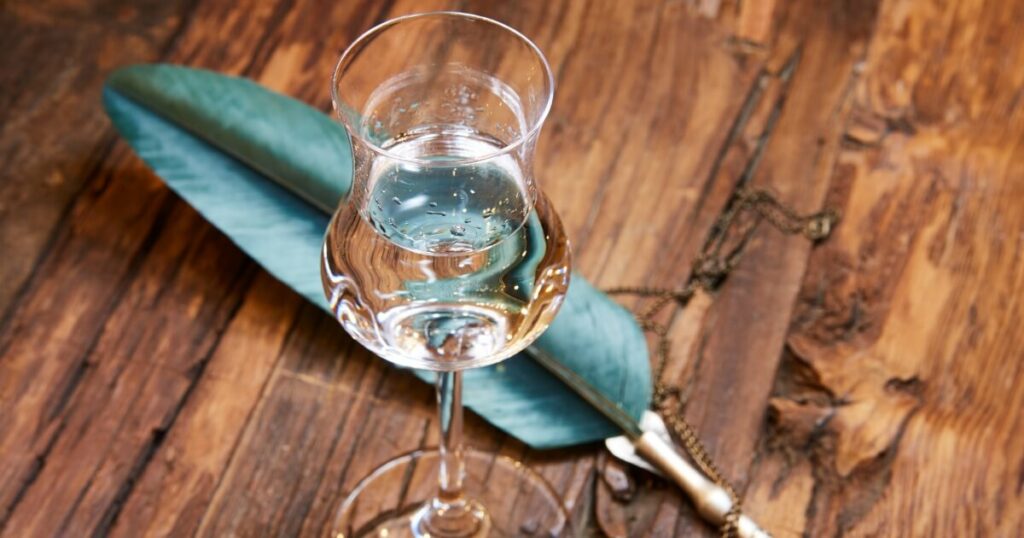
Ouzo
Ouzo, Greece’s beloved anise-flavored spirit, has a shelf life that echoes its Mediterranean spirit.
Unopened, ouzo can last for several years, preserving its distinctive licorice-like flavor. Once opened, it remains enjoyable for a couple of years, provided it’s stored properly.
When it comes to storing ouzo, think of a cool, shaded Greek veranda. Keep the bottle in a cool, dark place, and you’ll maintain its mesmerizing flavors. Whether you’re enjoying it straight, with water, or on the rocks, properly stored ouzo offers a taste of Greek hospitality and warmth.
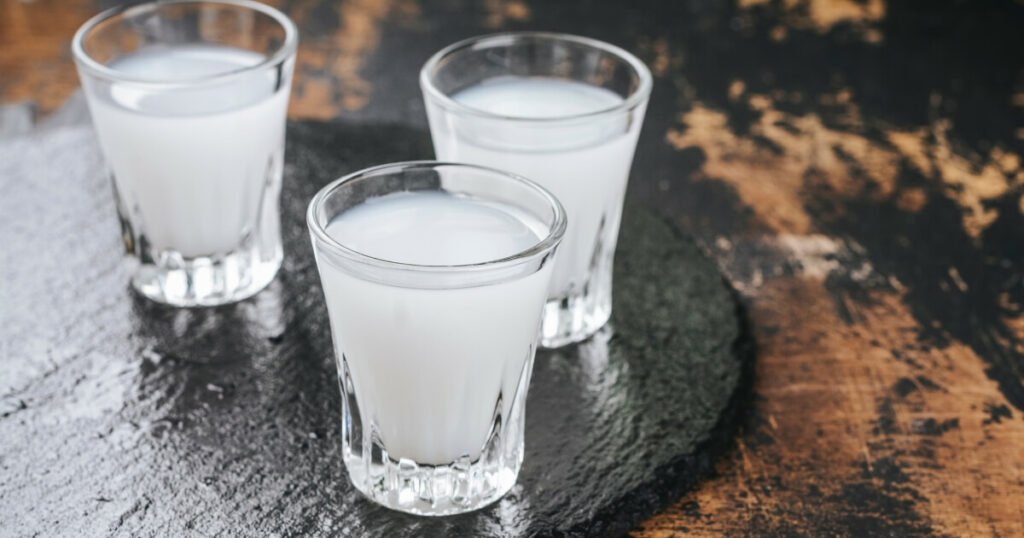
Pisco
South American Pisco can last indefinitely unopened, safeguarding its vibrant, grape-based flavors. Once opened, consuming it within a couple of years is ideal to relish its crisp, aromatic profile.
While the clear glass showcases its purity, storing pisco away from direct light is important to maintain its quality. Keep it in a cool, dark spot, and this spirited drink will maintain its lively essence. It’s more than just a component of a Pisco Sour; it’s a sip of South American tradition, best enjoyed in its prime.
Schnapps
Schnapps has a shelf life that’s as varied as its flavors.
An unopened bottle can last several years. Once opened, it’s best to enjoy schnapps within two years to appreciate its full flavor profile, especially for fruit-based varieties.
Storing schnapps is easy. Just find a cool, dark spot, and it will stay happy. This keeps the flavors as lively as on the day it was bottled, ensuring each sip is as refreshing and flavorful as you expect, whether you’re enjoying peach schnapps in summer or peppermint schnapps in your winter cocoa.
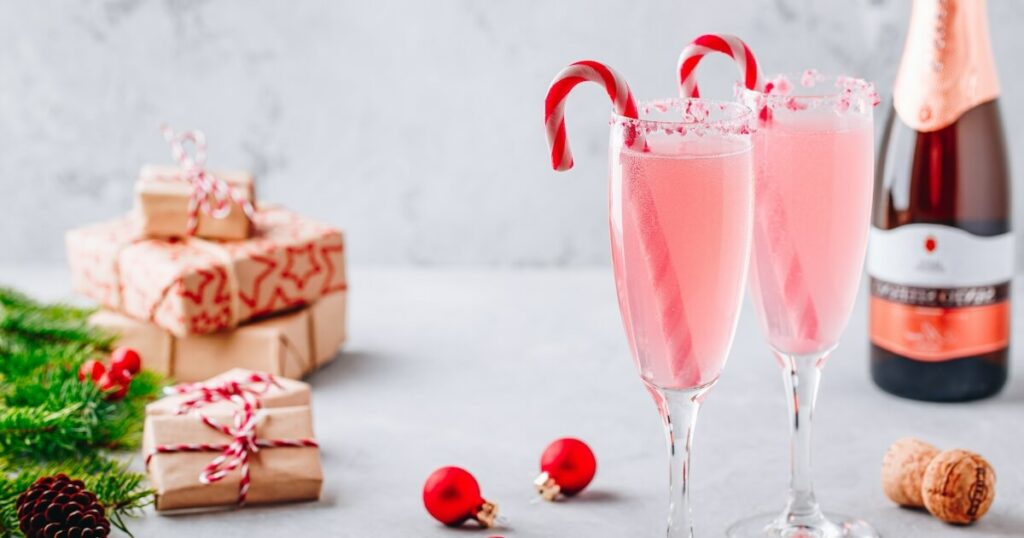
Liqueurs
With their sweet and complex profiles, liqueurs have a shelf life that demands a bit more attention.
Unopened, they can last for several years, but once opened, their high sugar content means you should enjoy them within a year for the best taste and quality.
These spirits are the alchemists of the alcohol world, blending flavors from fruits, herbs, spices, and even cream. Each liqueur is unique, ranging from the nutty amaretto to the creamy Bailey’s, offering a diverse palette for creative cocktails or delightful sipping.
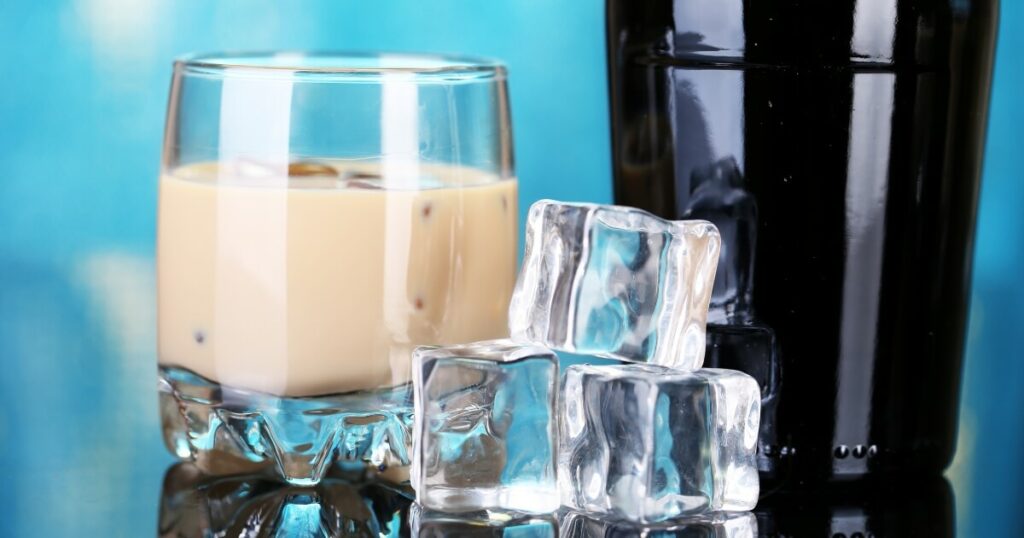
When it comes to storing liqueurs, think like a connoisseur. Keep them in a cool, dark place, particularly cream-based liqueurs, which require refrigeration once opened. Proper storage ensures that the luxurious essence of each liqueur is preserved, ready to elevate your drinks or desserts with a splash of decadence.

